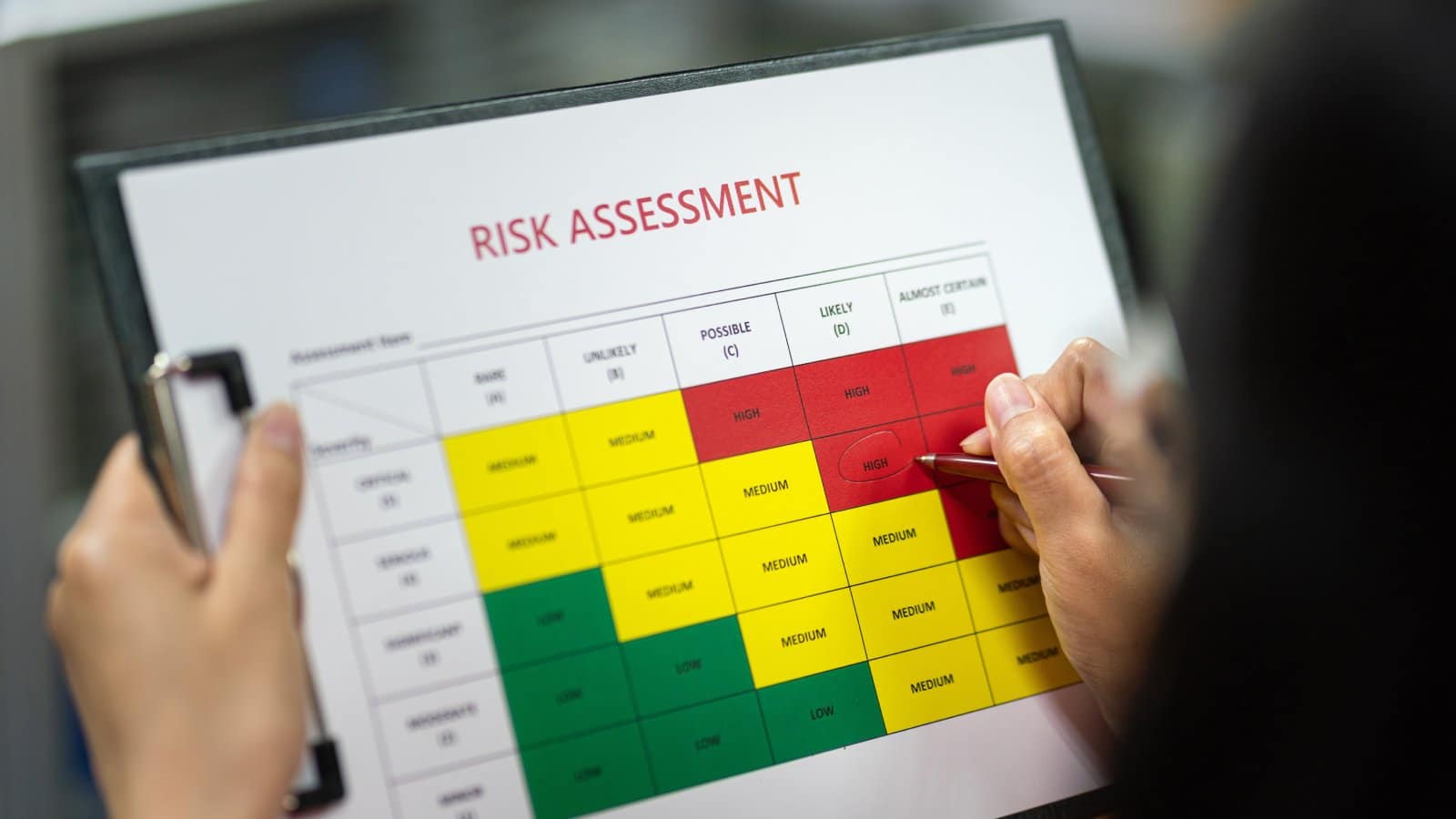Technical analysis (TA) is a key tool in the investing world, yet it is often shrouded in misunderstandings and controversy. For new investors in particular it is critical to understand along with its inherent risks.
Understanding Technical Analysis

Technical analysis, or TA, is a method used by traders and investors to determine the best times to enter and exit trades. It involves analyzing stock quantitative price patterns and trends. TA is not about predicting the future with certainty; it’s about making educated guesses based on historical data.
The Misconceptions

Often criticized as mere speculation or even fortune-telling, technical analysis faces much skepticism. This skepticism is partly due to the over-promotion of unreliable trading systems online. However, understanding its proper use and limitations is key to leveraging its benefits effectively.
A Tool, Not a Magic Wand

TA is not a standalone strategy for guaranteed profits. It’s a supplementary tool that, when used correctly, can enhance trading decisions. It’s vital to remember that TA is just one aspect of a comprehensive trading strategy.
Indicators and Strategies

Technical analysis encompasses various indicators and strategies, focusing on aspects like momentum, trend, and volatility. These indicators help in identifying potential bullish or bearish market conditions and assist traders in making more informed decisions.
The Role of Chart Studies

Apart from indicators, chart studies play a crucial role in TA. They involve identifying key price ranges, support, and resistance levels using tools like trend lines and Fibonacci patterns. These studies aid in understanding market dynamics more thoroughly.
Limitations of TA

It’s important to acknowledge that TA cannot predict unforeseen market events or company announcements that can drastically affect stock prices. Over-reliance on technical analysis without considering other factors can lead to misguided trading decisions.
Risks for New Investors

For newcomers to the investment world, understanding the risks associated with TA is crucial. Misinterpreting data or solely relying on TA without a broader market understanding can lead to significant financial losses.
Essential Risk Management

Risk management is a fundamental aspect of using technical analysis effectively. Investors should be aware of their investment capacity, set clear stop-loss limits, and establish realistic profit targets to mitigate potential losses.
The Pitfall of Overconfidence

New investors often fall into the trap of overconfidence when using TA. Misusing indicators or ignoring risk management can result in severe financial setbacks. A balanced approach is key.
Integration with Investment Strategies

Integrating TA with overall investment strategies enhances its effectiveness. It should not be the sole basis for trading decisions but rather a component of a diversified investment approach.
Understanding Market Signals

Learning to interpret market signals through technical analysis is a skill that requires time and practice. New investors should approach TA with a mindset of continuous learning and adaptation.
Avoiding Common Mistakes

Common mistakes in using TA include over-relying on indicators, not back-testing strategies, and inadequate understanding of market context. Avoiding these pitfalls can lead to more successful investment outcomes.
The Reality of Market Fluctuations

The stock market is inherently unpredictable. TA can provide insights, but it cannot guarantee outcomes. Investors should be prepared for market fluctuations and adjust their strategies accordingly.
Building a Solid Foundation

New investors should focus on building a solid foundation in market understanding and investment principles. Technical analysis should complement this foundation, not replace it.
Long-term Perspective

While TA can be useful for short-term trading, maintaining a long-term perspective is crucial. Understanding market trends over time can lead to more sustainable investment decisions.
Be Mindful of Risks

Technical analysis is a valuable tool, but it’s not infallible. For new investors, the key is to use TA as part of a balanced, well-informed investment strategy, always keeping in mind the potential risks and the importance of ongoing learning and adaptation in the ever-changing world of finance.
The post Investing Insights: Pros and Cons of Technical Analysis Tools first appeared on Wealthy Living.
Featured Image Credit: Shutterstock / Viktoriia Hnatiuk.
The content of this article is for informational purposes only and does not constitute or replace professional financial advice.




